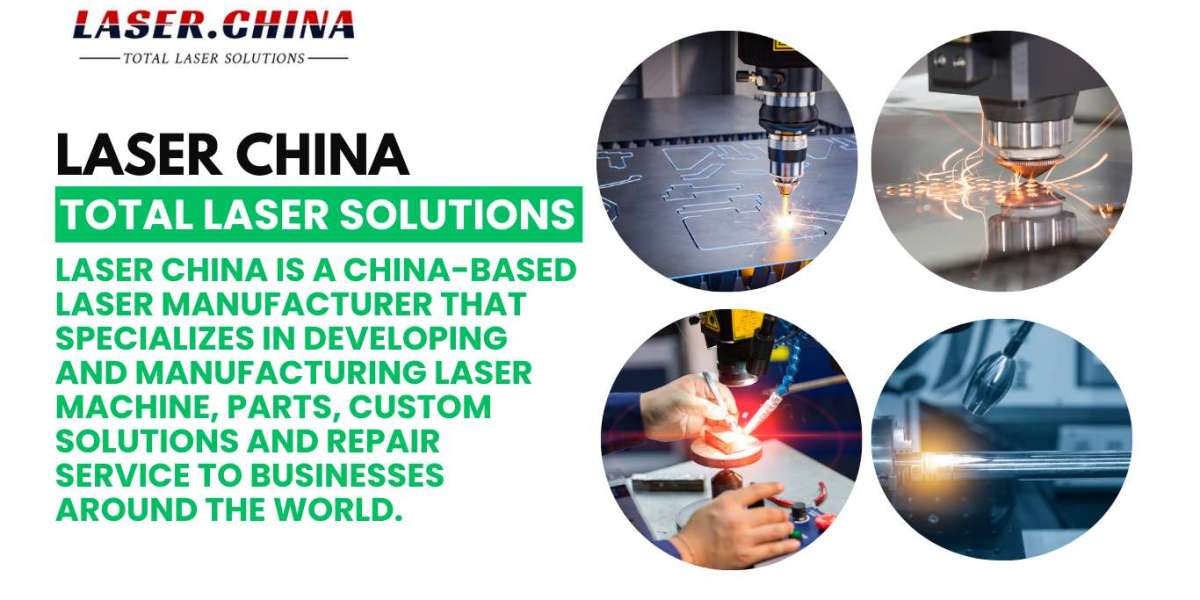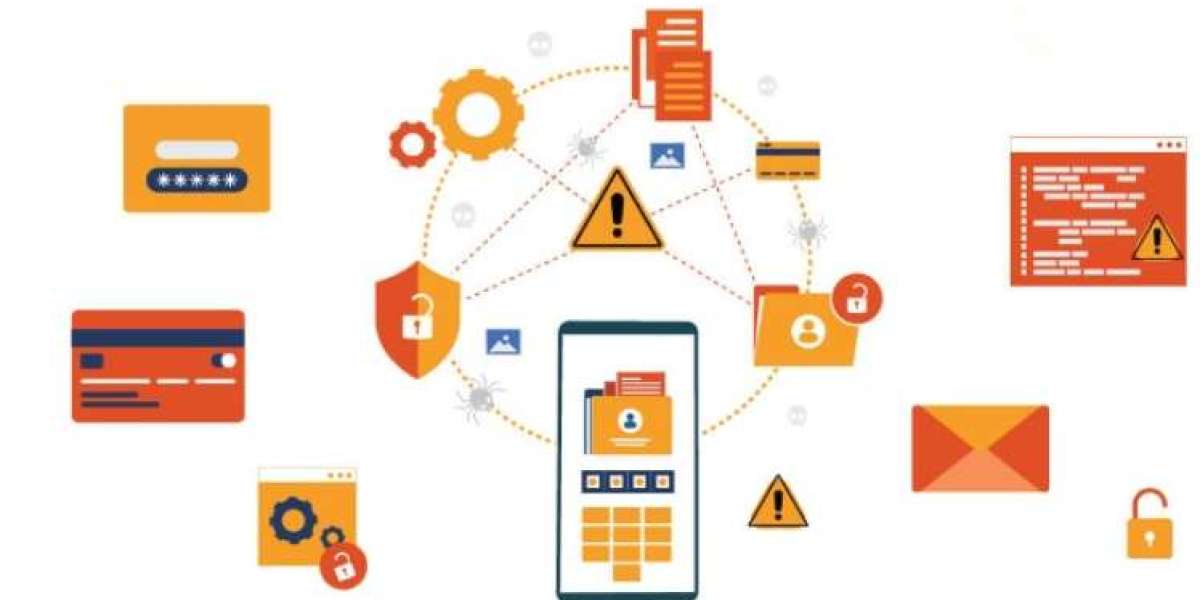A laser engraver is a high-precision machine that uses a focused beam of light (laser) to engrave, mark, or etch designs, text, or patterns onto various materials such as wood, metal, plastic, glass, leather, and more. Laser engraving is a popular technology in both industrial and creative fields because of its speed, accuracy, and versatility.
At the core of laser engraving is the laser beam itself. This beam is generated by a laser source—commonly CO₂, fiber, or diode lasers—depending on the type of material being engraved. The laser beam is directed through mirrors or lenses to a specific point on the material’s surface. When the beam hits the material, its high energy heats the surface intensely and vaporizes a thin layer of it, creating a permanent mark or groove.
There are three main types of laser engraving technologies:
CO₂ Lasers: Ideal for organic materials like wood, leather, acrylic, glass, and paper. They are widely used in arts, crafts, and signage.
Fiber Lasers: Best for marking and engraving metals and industrial plastics. They are commonly used in electronics, automotive, and tool industries.
Diode Lasers: Suitable for low-power engraving on soft materials and more often used by hobbyists.
One of the most attractive features of laser engravers is their ability to reproduce intricate designs with a high degree of detail. This makes them perfect for applications such as engraving logos, barcodes, decorative artwork, nameplates, and personalized gifts.
Modern laser engravers are computer-controlled using CAD (Computer-Aided Design) software. The user creates or imports a design into the software, adjusts the settings for the material type, and then sends the job to the laser machine. The engraving process is contactless, which means there is minimal wear and tear on the machine or the material.
Laser engraving has numerous advantages:
Precision: Engraving with microscopic accuracy allows for very fine detailing.
Speed: Laser engravers work fast compared to traditional methods.
Durability: The marks made by laser engravers are permanent and resistant to wear.
No consumables: Unlike ink-based or mechanical methods, lasers don’t require constant replacement of bits or dyes.
Laser engravers are used in various industries, including manufacturing, medical device labeling, aerospace, jewelry, electronics, packaging, and signage. Even small businesses and hobbyists use desktop laser engravers to create custom products like keychains, engraved tumblers, and wedding gifts.
However, safety is also important when using a laser engraver. Since lasers can be hazardous to eyes and skin, proper enclosures, ventilation systems, and safety glasses are essential.
In conclusion, a laser engraver is a powerful and versatile tool that uses a focused beam of light to permanently mark or carve materials. Whether used in heavy industry or creative arts, laser engraving offers unmatched precision and efficiency for a wide range of applications.



